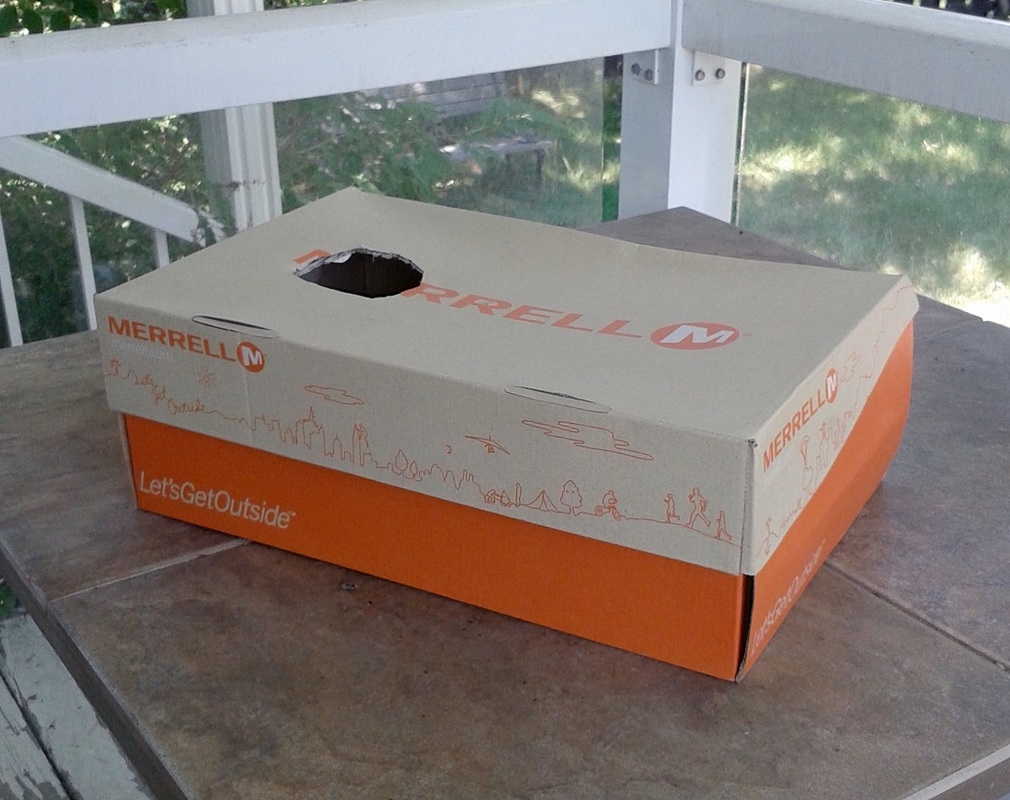The problem with houses, from the point of view of birds, is windows. The figure that is often cited is that 1 billion birds a year are killed by collisions with windows in North America alone. We have a modest bungalow in the inner city, with a total of 10 main floor windows, none of which are particularly big, and yet it is rare for a day to go by in summer without hearing the sickening thud of a bird impacting one of them. In most cases, the bird has struck only a glancing blow, and is able to recover almost immediately. In some cases, the bird is killed outright, often with a badly broken bill and traces of blood. However, it is not uncommon to find a bird below the window that appears to be simply knocked out after a collision (the eyes are closed, the bill is intact, and there is no sign of blood).
In that case, it is appropriate to put the bird in a quiet and sheltered spot so that it can recover without being molested by other animals (magpies are the big problem in Calgary, although we also get the occasional cat). Some people advocate using a paper bag, but here is a more elegant solution.
In that case, it is appropriate to put the bird in a quiet and sheltered spot so that it can recover without being molested by other animals (magpies are the big problem in Calgary, although we also get the occasional cat). Some people advocate using a paper bag, but here is a more elegant solution.
This is simply a shoebox with a bird-sized hole cut in one end of the top. We used this particular shoebox to successfully recuperate a nuthatch. Simply ball up some toilet paper or paper towel, place the bird on top, close the lid, and put a rock or brick on the lid to prevent anything from being able to get inside. Place the box outside on a table or somewhere else elevated and out of the sun. When the bird has recovered sufficiently, it will be able to fly out through the hole. In this case, it took the nuthatch three or four hours to completely recover (we peeked every hour or so). The bird slowly started sitting up, fluttering its eyelids, and showing signs of improvement. We were elated when we checked one last time to find the bird gone.
Anyway, this is a simple approach to the problem. The nice thing is that you can keep the shoebox somewhere inside, in preparation for the unfortunately inevitable next time the same thing happens.
Anyway, this is a simple approach to the problem. The nice thing is that you can keep the shoebox somewhere inside, in preparation for the unfortunately inevitable next time the same thing happens.


 RSS Feed
RSS Feed
